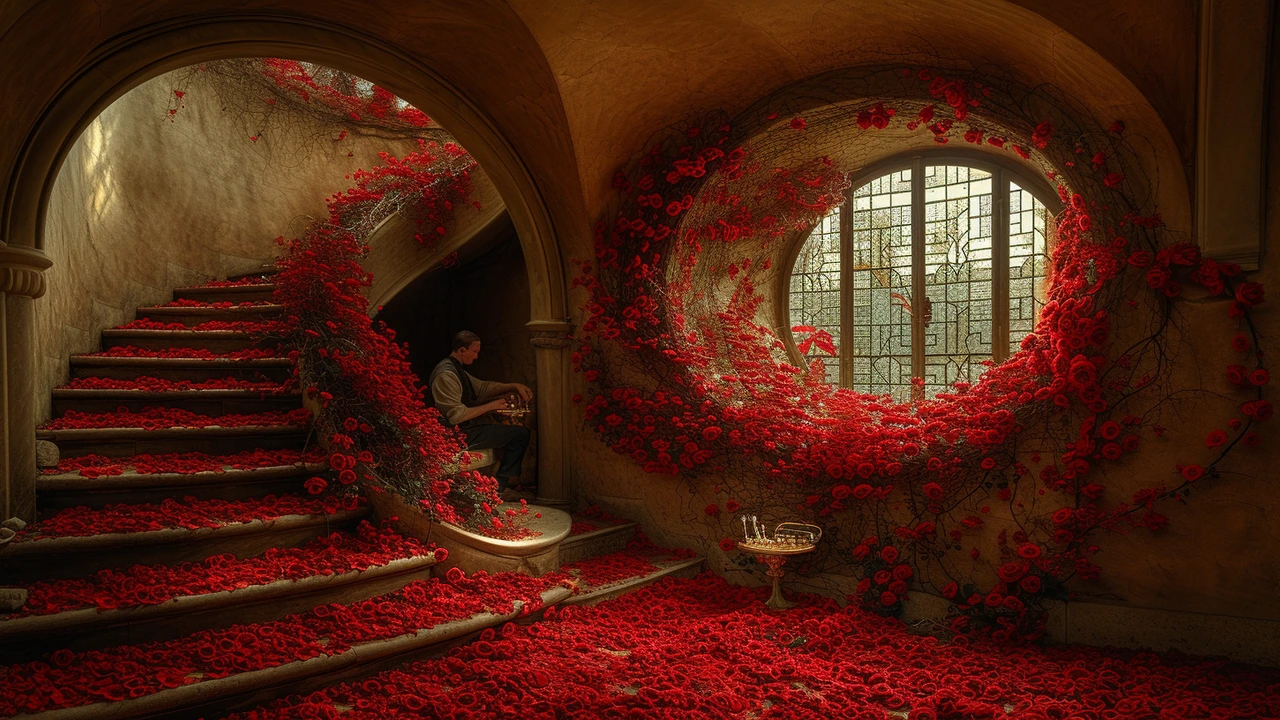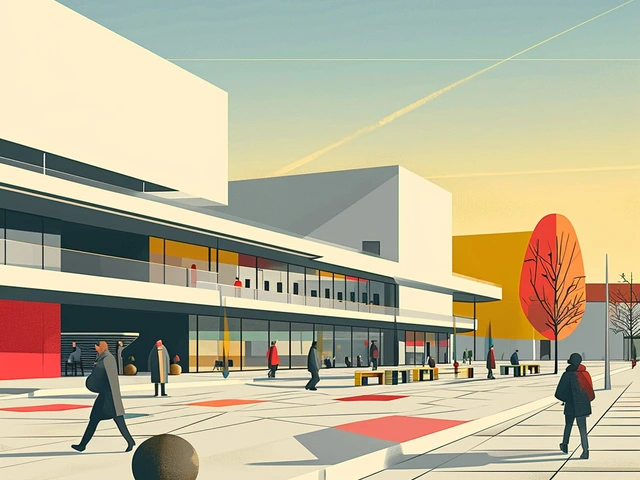Origins and Philosophy of Art Nouveau
The turn of the 20th century was a time of unprecedented change and innovation, setting the perfect stage for the birth of Art Nouveau. This movement emerged as a response to the academic art traditions of the 19th century, challenging the conventional distinctions between fine arts and applied arts. Its philosophy was rooted in the belief that art should be a part of everyday life, making beauty accessible to all. The name 'Art Nouveau' itself, French for 'new art,' reflected the movement’s commitment to innovation and its break from historical styles.
The origins of Art Nouveau can be traced back to various influences, including the Arts and Crafts movement in Britain, which advocated for handcraftsmanship and the integration of art into everyday objects. Similarly, Japanese art, which gained popularity in Europe through Japonism, had a significant impact on Art Nouveau, inspiring artists with its simplicity, elegance, and use of natural motifs. These influences converged in a movement that sought to harmonize art with functionality, creating a distinctive aesthetic that was both modern and organic.
Defining Features of Art Nouveau
Art Nouveau is characterized by its use of sinuous, flowing lines, often described as 'whiplash' curves, that mimic the forms of nature. This organic inspiration extended to the frequent depictions of plants, flowers, and other natural elements, intertwining them seamlessly with architectural and design elements. The movement also embraced new materials and techniques, incorporating glass, ceramics, and metalwork in innovative ways that emphasized the beauty of the materials themselves.
Another hallmark of Art Nouveau was its emphasis on total art, or 'Gesamtkunstwerk,' an approach that aimed to unify all aspects of design, from architecture to household items. This led to the creation of buildings and interiors where every element, from the structure to the furniture and decorations, was designed in the Art Nouveau style. The movement’s holistic approach to design not only blurred the lines between different art forms but also made a statement about the role of art in daily life.
Notable Artists and Works of Art Nouveau
Art Nouveau was a truly international movement, with notable artists and architects contributing to its development across Europe and beyond. In Belgium, Victor Horta's Hôtel Tassel in Brussels stands as a testament to Art Nouveau architecture, with its organic forms and integration of decorative and structural elements. Similarly, in Spain, Antoni Gaudí’s work, such as the Casa Batlló and the still-unfinished Sagrada Família in Barcelona, showcases his unique interpretation of Art Nouveau, combining natural shapes with religious symbolism.
Alongside architecture, Art Nouveau made significant strides in the decorative arts. The French artist Émile Gallé was famous for his glasswork, featuring intricate botanical designs and pioneering techniques in glass art. Jewelry design also flourished under Art Nouveau, with artists like René Lalique creating pieces that emphasized natural forms and innovative use of materials. These artists and their works exemplify the movement’s dedication to beauty and craftsmanship, leaving a lasting impact on the art world.
The Legacy of Art Nouveau
Although Art Nouveau was a relatively short-lived movement, lasting from the late 1890s to around 1910, its influence is still felt today. It paved the way for subsequent modernist movements, including Art Deco and Bauhaus, by challenging traditional artistic hierarchies and promoting a holistic approach to design. In contemporary times, Art Nouveau enjoys renewed popularity, with its organic forms and emphasis on craftsmanship resonating in an age looking for alternatives to mass production and digital uniformity.
The legacy of Art Nouveau also persists in the preservation and restoration of its architectural works, which are celebrated as cultural heritage around the world. Cities like Brussels, Barcelona, and Riga are lauded for their Art Nouveau buildings, attracting tourists and design enthusiasts alike. Furthermore, the movement’s principles continue to inspire designers and artists seeking to infuse beauty and functionality into their work, proving that Art Nouveau’s vision of an art-filled life is as relevant as ever.
Conclusion
Art Nouveau was more than just an artistic movement; it was a revolution that redefined the relationship between art and life. By embracing natural forms and advocating for the unity of all arts, it paved the way for modern design philosophies and left an indelible mark on the art world. The movement's legacy endures in the timeless appeal of its works, reminding us of the power of beauty and the importance of integrating art into our everyday lives. As we look to the future, the principles of Art Nouveau continue to inspire a new generation of artists and designers, proving that the quest for harmony between beauty and function is an ongoing journey.



